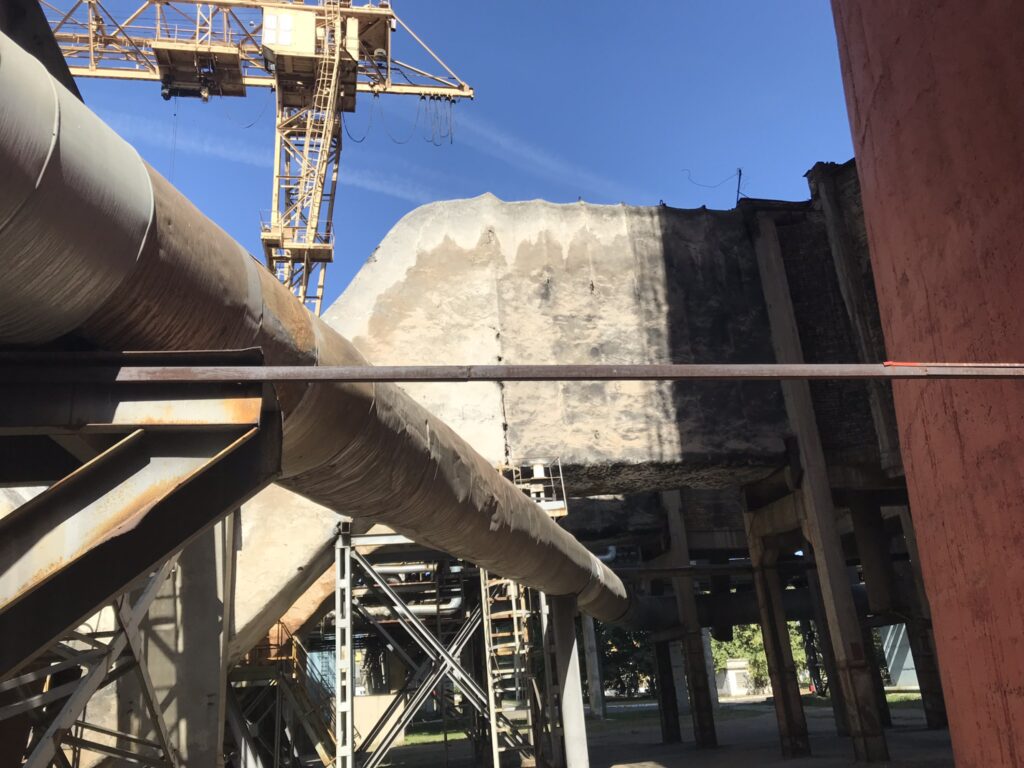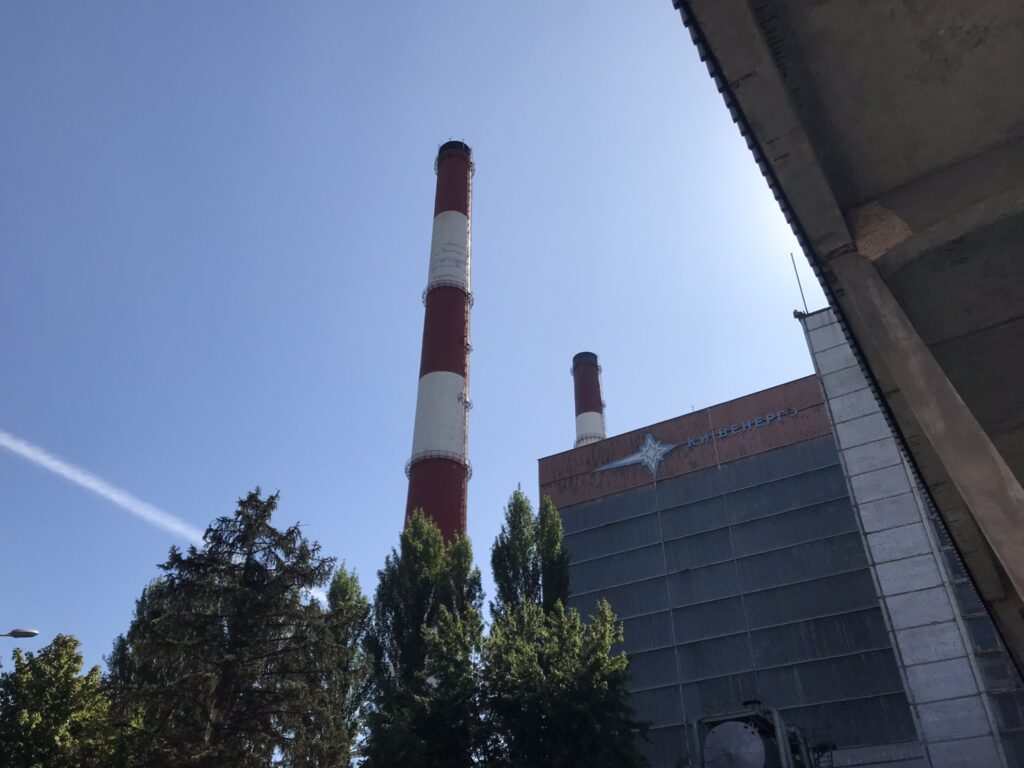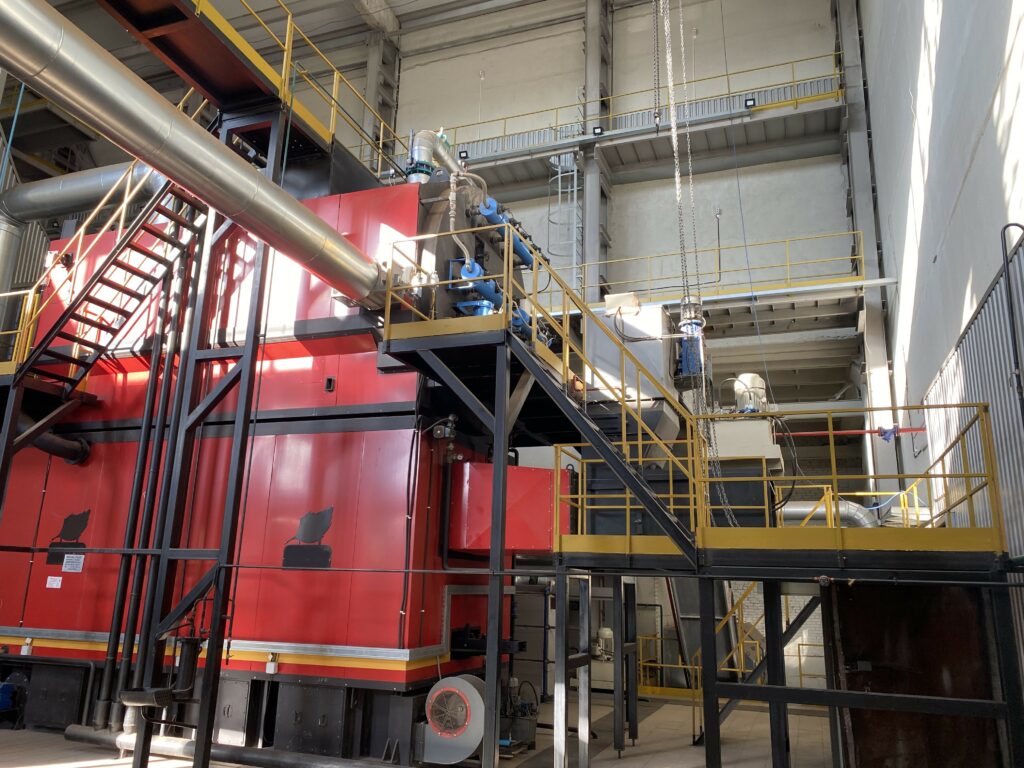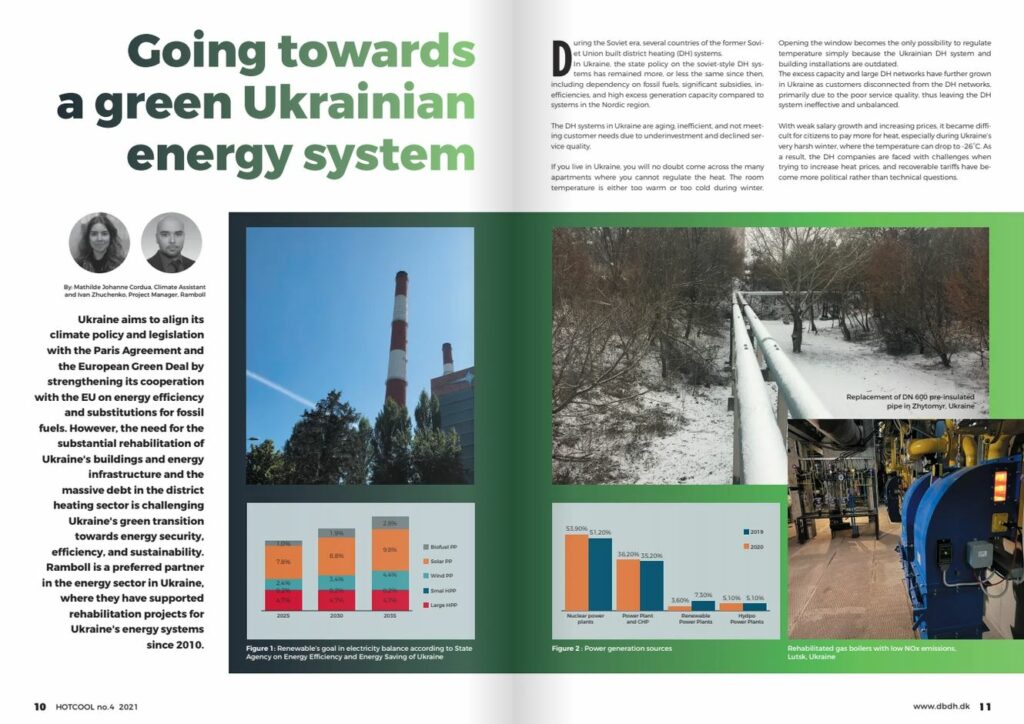Ukraine aims to align its climate policy and legislation with the Paris Agreement and the European Green Deal by strengthening its cooperation with the EU on energy efficiency and substitutions for fossil fuels. However, the need for the substantial rehabilitation of Ukraine’s buildings and energy infrastructure and the massive debt in the district heating sector is challenging Ukraine’s green transition towards energy security, efficiency, and sustainability. Ramboll is a preferred partner in the energy sector in Ukraine, where they have supported rehabilitation projects for Ukraine’s energy systems since 2010.
By Mathilde Johanne Cordua, Climate Assistant and Ivan Zhuchenko, Project Manager, Ramboll
Published in Hot Cool, edition no. 4/2021 | ISSN 0904 9681 |
During the Soviet era, several countries of the former Soviet Union built district heating (DH) systems. In Ukraine, the state policy on the soviet-style DH systems has remained more, or less the same since then, including dependency on fossil fuels, significant subsidies, in efficiencies, and high excess generation capacity compared to systems in the Nordic region.
The DH systems in Ukraine are aging, inefficient, and not meeting customer needs due to underinvestment and declined ser
vice quality. If you live in Ukraine, you will no doubt come across the many apartments where you cannot regulate the heat. The room temperature is either too warm or too cold during winter.


Opening the window becomes the only possibility to regulate temperature simply because the Ukrainian DH system and building installations are outdated. The excess capacity and large DH networks have further grown in Ukraine as customers disconnected from the DH networks, primarily due to the poor service quality, thus leaving the DH system ineffective and unbalanced. With weak salary growth and increasing prices, it became difficult for citizens to paymore for heat, especially during Ukraine’s very harsh winter, where the temperature can drop to -26°C. As a result, the DH companies are faced with challenges when trying to increase heat prices, and recoverable tariffs have become more political rather than technical questions.
Even with subsidies from local authorities, Ukraine’s DH companies cannot keep up with essential maintenance investments in the DH network, pay salaries, and instead build up significant debt. The debt of the DH companies to Ukraine’s largest oil and gas company Naftogaz amounted to UAH 34 billion (EUR 1.1 billion) in 2020.
The Ministry of Territories and Communities Development assessment states that the DH sector requires at least EUR 5.2 billion in investments to modernize the networks without considering the costs of new networks or more comprehensive renovations. Besides, there is a need for investment to cover the upgrades in the electrical grid to support the heat. Thus, the total costs are likely much higher.
Due to the inefficiencies of Ukraine’s DH sector leading to non cost recovery for heat supply, the DH tariffs for the residential sector have been held artificially low to match affordability. Therefore, DH companies base their tariffs on affordability rather than the actual costs of DH. The vast cash flow gap leaves them unable to invest in the modernization of the DH systems.
Energy transition targets and potential

Ukraine has taken significant policy steps on the energy transition pathway to develop energy efficiency measures and phase
out fossil fuels in recent years.
In 2017, the Ukrainian government adopted the Energy Strategy 2035 as a roadmap to improve the energy effectiveness, se
curity, competitiveness, and sustainability of Ukraine’s energy system. The goal is to reach 25% of renewables in the balance
of primary energy and electricity in 2035. Recently, Ramboll has contributed to conducting a technical, environmental, and financial viability assessment of Kyiv’s DH system rehabilitation.
Kyiv is the capital of Ukraine, with a population of approx. 3 million. The city consumes over 2 billion cubic meters of natural gas per year. The municipal-owned company Kyivteploen ergo (KTE) operates the 2,800 km long DH system, the third largest in Europe and one of the largest in the world, supplying 12.7 million MWh of heat per year.
The rehabilitation project is evaluated at a capital value of EUR 140 million. It includes a new cogeneration unit with sizeable
thermal storage, a new heat recovery system, network replacement, SCADA installation, boiler house closure, and reconstruction.
Ukrainian-Danish energy cooperation supports the long-term energy planning
A new collaboration between The Nordic Environmental Finance Corporation (NEFCO) and Danish Danida Sustainable Infrastructure Finance (DSIF) will support the modernization of parts of the DH infrastructure in Kremenchuk city.
The total investment for the project is EUR 12.7 million, comprising a EUR 4.45 million grant from DSIF, financed by the
Ministry of Foreign Affairs in Denmark, and a EUR 6 million loan from NEFCO. The city’s contribution is approx. EUR 2.25 million. Ramboll has contributed to the project by preparing the feasibility study for DSIF to ensure the loan and grant and
outlining the technical, environmental, and financial evaluation of the project.
Throughout the next two years, the project will be realized through the development of technical specifications, tender
documents, contractor procurements, and construction supervision.
Among the systemic improvements is an installation of a 4 MW biomass boiler with thermal storage, new gas boilers, replacement of DH pipes, and 122 new individual heat substations.
This project will introduce two new concepts to Ukraine based on Danish experience. The rehabilitation of a whole city district will provide the opportunity to introduce variable flow supply driven by demand instead of the typical generation supply. Additionally, thermal storage is to be included, demonstrating the benefits when optimizing biomass plant utilization. We expect the project to significantly reduce CO2 emissions by 10,500 tons while also demonstrating modern approaches utilized in Scandinavia.
The project will furthermore support a better control over energy consumption through the installation of a new central remote-control system, and 25,000 citizens will benefit from affordable DH heating bills while at the same time gaining access to a more sustainable DH infrastructure.
International support plays an important role.
Ukraine needs immediate actions and financial support to mitigate the DH sector’s operational gaps and emergency maintenance. But due high cost of finance in Ukraine and the DH companies’ difficult economic situation, donor support for implementing energy efficiency measures is often the best or only opportunity for financing rehabilitation investments. Such donors include international financing institutions (IFI), such as the European Investments Bank (EIB), the World Bank Group, KfW, the international project and export finance bank, NEFCO, and the European Bank for Reconstruction and Development (EBRD).
The new electricity market model and more international financing, with lower requirements for grantees of repayment to rehabilitate the DH system, together can make the green transition of the Ukrainian energy system possible.
For further information please contact: Ivan Zhuchenko, iz@ramboll.kiev.ua


